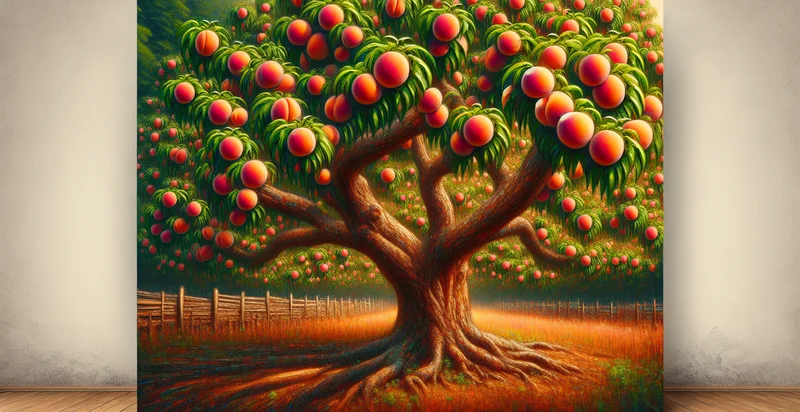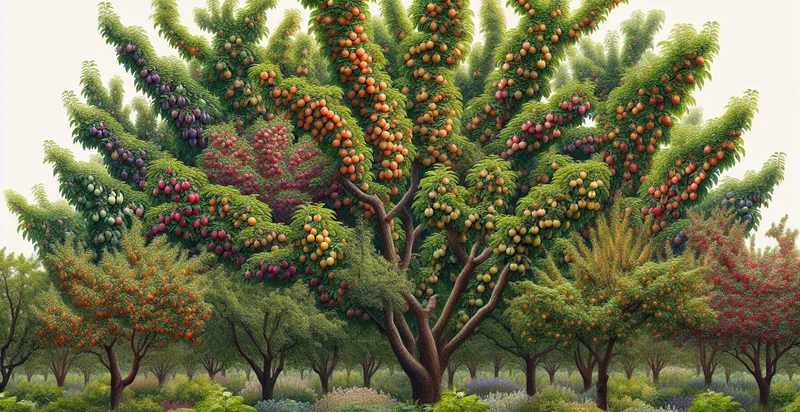Identify cherry tree species
using AI
Below is a free classifier to identify cherry tree species. Just upload your image, and our AI will predict what species of cherry tree it is - in just seconds.

Contact us for API access
Or, use Nyckel to build highly-accurate custom classifiers in just minutes. No PhD required.
Get started
import nyckel
credentials = nyckel.Credentials("YOUR_CLIENT_ID", "YOUR_CLIENT_SECRET")
nyckel.invoke("cherry-tree-species", "your_image_url", credentials)
fetch('https://www.nyckel.com/v1/functions/cherry-tree-species/invoke', {
method: 'POST',
headers: {
'Authorization': 'Bearer ' + 'YOUR_BEARER_TOKEN',
'Content-Type': 'application/json',
},
body: JSON.stringify(
{"data": "your_image_url"}
)
})
.then(response => response.json())
.then(data => console.log(data));
curl -X POST \
-H "Content-Type: application/json" \
-H "Authorization: Bearer YOUR_BEARER_TOKEN" \
-d '{"data": "your_image_url"}' \
https://www.nyckel.com/v1/functions/cherry-tree-species/invoke
How this classifier works
To start, upload your image. Our AI tool will then predict what species of cherry tree it is.
This pretrained image model uses a Nyckel-created dataset and has 37 labels, including Bird Cherry, Bitter Cherry, Black Cherry, Bubblegum Cherry, Canadian Cherry, Cerasus Avium, Cerasus Cerasus, Cerasus Serrulata, Compact Cherry and Desert Cherry.
We'll also show a confidence score (the higher the number, the more confident the AI model is around what species of cherry tree it is).
Whether you're just curious or building cherry tree species detection into your application, we hope our classifier proves helpful.
Related Classifiers
Need to identify cherry tree species at scale?
Get API or Zapier access to this classifier for free. It's perfect for:
- Fruit Orchard Management: Orchard managers can utilize the cherry tree species identifier to accurately classify and monitor different cherry species. This information helps optimize cultivation practices, enhance crop yield, and ensure that the right care is given to each species.
- Biodiversity Research: Ecologists and researchers studying cherry tree biodiversity can use the classification function to identify species in various ecosystems. This assists in understanding species distribution, genetic diversity, and the ecological role of cherry trees in their habitats.
- Pest and Disease Control: Agricultural scientists can leverage the identifier to determine which cherry tree species are susceptible to specific pests and diseases. By accurately identifying species, targeted interventions can be developed to protect vulnerable trees, improving overall orchard health and productivity.
- Consumer Gardening Applications: Gardening apps can incorporate this function to help hobbyist gardeners identify different cherry species for home planting. This aids consumers in selecting the best cherry varieties suited to their local climate and personal preferences.
- Landscape Architecture: Landscape architects can use the cherry tree species identifier to select appropriate cherry species for parks and public spaces. This promotes biodiversity and helps in creating aesthetically pleasing environments that are easy to maintain.
- Environmental Conservation: Conservation organizations can apply the function to support efforts in restoring native cherry tree populations. Identifying the correct species is crucial for reforestation initiatives and ensuring the sustainability of local ecosystems.
- Culinary and Food Industry: The culinary sector can benefit from the identifier by sourcing specific cherry species that offer unique flavors and culinary applications. Chefs and food producers can enhance their products and menus by understanding the different attributes of various cherry types.


